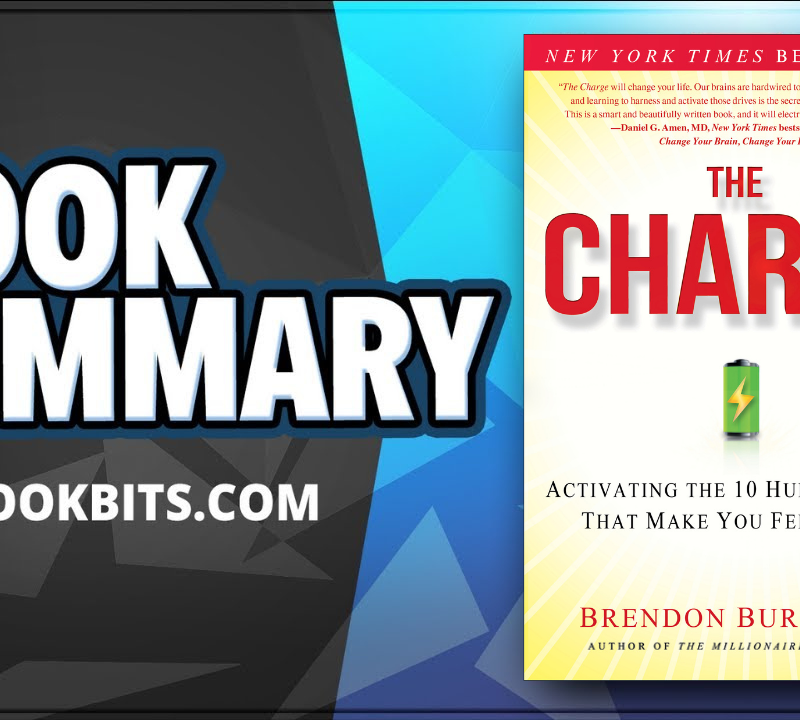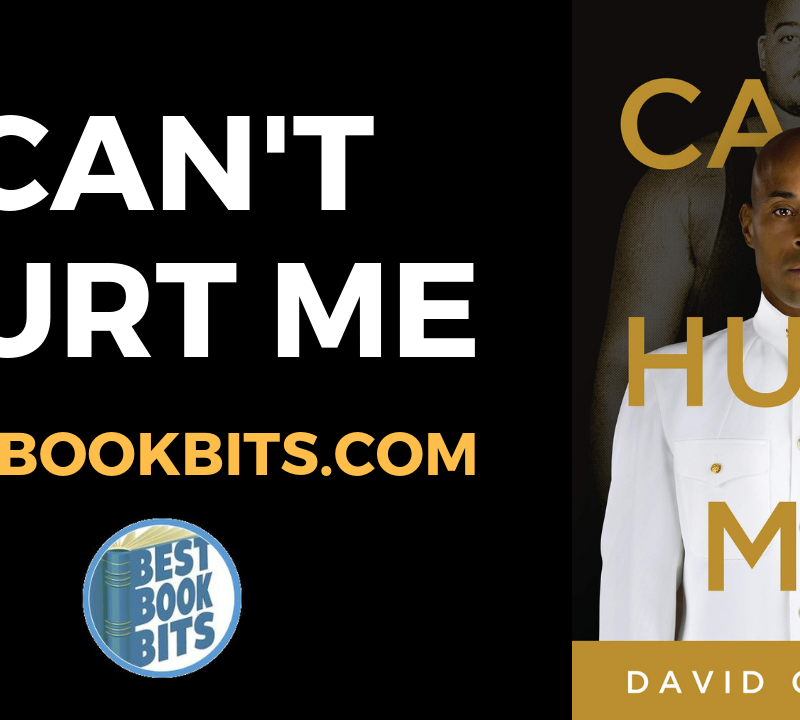★DOWNLOAD THIS FREE PDF SUMMARY HERE https://go.bestbookbits.com/freepdf
? MY FREE BOOK TO LIVING YOUR DREAM LIFE” https://go.bestbookbits.com/first-seven-steps
? SPONSOR BESTBOOKBITS BY USING PATREON https://www.patreon.com/bestbookbits
? SUPPORT BESTBOOKBITS BY CLICKING THE LINKS BELOW
150 PDF Summaries: https://go.bestbookbits.com/150
Coaching Program: https://go.bestbookbits.com/coaching
Subscribe to My Channel: https://www.youtube.com/bestbookbits?sub_confirmation=1
Website: https://bestbookbits.com
Instagram: https://www.instagram.com/bestbookbits
Spotify: https://open.spotify.com/show/0q8OW3dNrLISzyRSEovTBy
Facebook: https://www.facebook.com/michaelbestbookbits
Book Club: https://bestbookbits.com/bookclub/
Mailing List: https://mailchi.mp/d1dfc1907cdb/bestbookbits
- There is no single set formulafor a great talk. Any attempt would be seen through and the audiences would know it is not genuine
- A key part of the appeal of the great talk is its freshness
- You’re only real job in giving a talk is to have something valuable to say, and to say it authenticallyin your own unique way
- As a leader or as an advocate, public speaking is the key to unlocking empathy, stirring excitement, sharing knowledgeand insight, and promoting a shared dream
- Ideas aren’t owned, they have a life of their own
- The fear of public speakingis one of the top fears because it puts our reputation on the line
- We are hardwired to care about how others perceive us
- One of the most important things is to be authenticand be yourself
- Play the role of who you are. If you can give a talk to friends at dinner, you can give a Ted talk
- Once an idea is formed in our mind, nobody can take it away from us without our consent
- You’re number one mission as a speaker is to take something that mattersdeeply to you and to rebuild it inside the minds of your listeners
- Style without substance is awful
- Common traps: four talk styles to avoid
- The sales pitch. This happens when speakers are here to take, not to give
- The ramble. If people are going to give you something precious that they can’t get back, their time, you must prepare before hand to show that you value it
- The organization bore. Your organization is only fascinating to you, not anyone else. Don’t spend your time talking about it and how amazing you think it is
- The inspiration performance. The intense appeal of the standing ovation can lead aspiring speakers to do bad things. They may try to copy inspirational speakers but only in form
- Inspiration can’t be performed, it’s an audience response to authenticity, courage, selfless work, and genuine wisdom
- Bring those qualities to your talk and you may be amazed at what happens
- Don’t dream of being a rockstar speaker. Dream of something much bigger than you are. Go and work on that dream as long as it takes to achieve something worthwhile. Then humbly come and share what you’ve learned
- The Through Line: What’s your point?
- Think of a talk as a journeythat the speaker and the audience take together with the speaker as the guide
- But if you want the audience to come with you, you have to give them a hint of where you are goingand then be sure that each step of the journey helps get you there
- The through line traces the paththat the journey takes
- The first step is to identify where your audience is comingfrom knowledge wise or situationally so that you know where they are starting from
- You have to take the time to do at least two things:
- Show why it matters, such as the question you’re trying to answer or the problem to solve more experience to share
- Flush out each pointyou make with a real examples and stories and facts
- To provide an effective talk, you must slash back the range of topics you will cover to a single, connected thread
- A through line that can be properly developed. You cover less, but the impact will be significantly greater
- Less is more. The secret to a great talk is the deleted word
- For it to be a great talk, you must take your ego out of itand let yourself be a delivery vehicle for the ideas themselves
- Ken Robinson’s talk format:
- A, introduction and getting settled on what will be covered
- B, context. Why this issue matters
- C, main concepts
- D, practical implications
- E, conclusion
- There’s an old formula for writing essaysthat says a good essay answers three questions:
- What?
- So what?
- Now what?
- If you were talking about a heavy subject, it is OK to frame the talk in a way that will make your audience feel uncomfortable as long as they are prepared for it
- However, you must be wary of compassion fatigue if they become emotionally exhausted from too many of these heavy topics
- You can get around this by thinking of your talk as not about an issue, but about an idea
- An issue-based talk leads with morality. An idea-based talk leads with curiosity
- An issue exposes a problem. An idea proposes a solution.
- An issue says, isn’t it terrible?An idea says, isn’t this interesting?
- It’s much easier to pull in an audience by framing the talk as an attempt to solve an intriguing riddlerather than as a plea for them to care
- The first feels like a giftbeing offered, the second feels like an ask
- Most important of all is to pick a topic that lives deep within you. Talk about what you know and love with all your heart
- People want to hear about the subject that is most important in your life, not some random subject you think will be a novelty
- Knowledge can’t be pushed into a brain, it has to be pulled in. Before you can build an idea in someone else’s mind, you need their permission
- To make an impact and lower their barrier, there must be a human connection
- To establish a connection, make eye contactfrom the very start
- To make a connection, show vulnerability
- Parts of the evolutionary purpose of laughteris to create social bonding. When you laugh at someone, you both feel you are on the same side. It is a great tool for building a connection
- Don’t try to tell jokes. What you are looking for instead are hilarious but true storiesthat are directly relevant to your topic or are an enduring humorous use of language
- Tell anecdotes relevant to your subject matter where humor is natural. The best humor isbased on observations of things occurring around you and then exaggerating or remixing them
- Have a funny remark ready if you flub your words, the AV goes awry, or the clicker doesn’t work. The audience has been there and you instantly win their sympathy
- Build humor into your visuals. You can also have the humor be the contrast between what you are saying and what you are showing
- Use satire, saying the opposite of what you mean, and then revealing your intent. Though this is really hard to get right
- Timing is critical. Have the courage to pause for a moment and without looking like you are fishing for an applause
- If you’re not funny, don’t try to be funny. Test the humor out on family, friends, or colleagues. If they aren’t laughing, change itor spike it
- When you can pull together humor, self-deprecation, and insightinto a single-story, you have yourself a winning start
- Storiesthat can generate the best connection are about you personally or people close to you
- Tales of failure, awkwardness, misfortune, danger or disaster told authentically are often the moment when this new shift from plain-vanilla interest to deep engagement
- Narration: That irresistible allure of stories
- The stories told back in tribal times helped expand people’s ability toimagine, to dream, and to understand the minds of others
- Storytellingbrought social status to great storytellers, and actionable insights to great listeners
- What are the elements of a great story?
- The classic formula is a protagonistwith goals meets an unexpected obstacle and a crisis The protagonist attempts to overcome the obstacle, leading to a climax, add to finally a dénouement
- There can also be interruptionsand plot twists
- When it comes to sharing a storyfrom the stage, remember to emphasize four key things:
- Base it on a characteryour audience can empathize with
- Build tensionwhether through curiosities, social intrigue, or actual danger
- Offer the right level of detail. Too little detail and the story is not vivid, too much in the story gets bogged down
- End with a satisfying resolution, weather funny, moving, or revealing
- Priming: any metaphoror linguistic device that intuitively makes a conclusion seem more plausible
- You haven’t really memorized your talkthoroughly until you can do an entire other activity that requires mental energy while giving your talk
- Scriptedvs unscripted. Practice and rehearse either way
- Script and memorize the opening minute and closing lines. It helps with nerves, confidenceand impact
- Narrative symmetry: A talk built carefully on a through line can deliver a pleasing conclusion by linking back to its opening
- Nerves are not a curse. They can be turned to great effect
- Make friends with your nervousness, pluck up your courage, and go
- It’s essential to be authentic on stage
- The key takeaway is to simply inject variety into the way you speak, based on the meaning you are trying to convey
- You want to speak conversationally, interjecting curiosityand excitement when it’s appropriate
- Imagine you met up with friends you went to schoolwith and are updating them with what you been up to
- Losing an audience by going too fastis rarer than losing an audience by going too slow
- For the most part, oration, which is a specific art-form, is not appropriate for public speaking
- Have a powerful stancewhen standing still
- If you want to move, then do so, but move intentionally.
- Stopwhen you want to emphasize a point, and address your audience from a stance of quiet power
- Learning to present your ideas liveto other humans will prove to be an absolutely essential skill in modern society and in the future
- Knowledge vs. understanding. In many fields, knowledge is becoming more specialized. Understanding, however, moves in the opposite direction and requires pursuing the unification of knowledge
- The key to understanding anything was to understand the contextin which it sat
- TED reflected the reality that all knowledge is connected into a giant web
- In the future, instead of needing specialized knowledge, which can be easily accessed and outsourced to robots an automated, we are going to need contextual knowledge, creative knowledge, and a deeper understanding of our own humanity
- New ideasform when we spark off of each other and learn from each other
- Now for the first time in history, it’s possible for anyone on the planet who has access to the internet to summon to their home the worlds greatest teachers and inspirers
- YouTubeand the interconnectivity allowed for a global laboratory of dance innovation in the past decade. This had caused the art form to evolve at such high-speeds
- He calls this phenomenon crowd accelerated innovation
- Online video provided two things:
- Visibilityof the best talent in the world
- Massive incentive to improveon what was out there
- Presentation literacy is going to be an important life skill for the years ahead
- A speaker once said, “the secret of happinessis find something more important than you are and dedicate your life to it“
- What we share is far more profound and meaningful than how we differ
★DOWNLOAD THIS FREE PDF SUMMARY HERE https://go.bestbookbits.com/freepdf
? MY FREE BOOK TO LIVING YOUR DREAM LIFE” https://go.bestbookbits.com/first-seven-steps
? SPONSOR BESTBOOKBITS BY USING PATREON https://www.patreon.com/bestbookbits
? SUPPORT BESTBOOKBITS BY CLICKING THE LINKS BELOW
150 PDF Summaries: https://go.bestbookbits.com/150
Coaching Program: https://go.bestbookbits.com/coaching
Subscribe to My Channel: https://www.youtube.com/bestbookbits?sub_confirmation=1
Website: https://bestbookbits.com
Instagram: https://www.instagram.com/bestbookbits
Spotify: https://open.spotify.com/show/0q8OW3dNrLISzyRSEovTBy
Facebook: https://www.facebook.com/michaelbestbookbits
Book Club: https://bestbookbits.com/bookclub/
Mailing List: https://mailchi.mp/d1dfc1907cdb/bestbookbits













